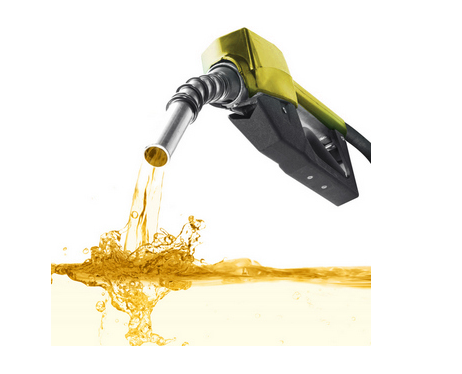As with many things these days, the price of fuel has become quite expensive. Selecting the correct fuel for your car is important in order to get the best balance of performance and economy. We have a great article on the CHANGECARS website explaining the difference between 93 and 95 octane. When it comes to diesel however, there are a few choices. In this article we will explore the differences between 10ppm and 50ppm.
In South Africa, the fuel market has seen a significant shift with the introduction of ultra-low sulfur diesel (ULSD) containing 10 parts per million (ppm) and 50ppm. These specifications refer to the sulfur content in the diesel fuel, and understanding the difference between 10ppm and 50ppm diesel is crucial for consumers, vehicle owners, and the environment. In this article, we will delve into the distinctions and benefits associated with these two diesel options.

- Sulphur Content
The primary disparity between 10ppm and 50ppm diesel lies in their sulfur content. Sulfur is a natural component found in crude oil, and its combustion contributes to harmful emissions such as sulfur dioxide (SO2) and particulate matter. 10ppm diesel contains only 10 parts per million of sulfur, while 50ppm diesel contains 50 parts per million. Therefore, 10ppm diesel is considered ultra-low sulfur diesel, significantly reducing the amount of sulfur emissions compared to its 50ppm counterpart.
- Environmental Impact
Switching to lower sulphur diesel fuels, such as 10ppm and 50ppm, has significant environmental benefits. Sulfur emissions contribute to air pollution and are a major cause of acid rain, which can harm ecosystems, forests, and aquatic life. By using ULSD, South Africa aims to mitigate these environmental impacts, leading to cleaner air quality and improved public health. The lower sulfur content also facilitates the use of advanced emissions control technologies in vehicles, reducing harmful particulate matter and nitrogen oxide (NOx) emissions.
- Vehicle Performance
From a vehicle performance perspective, there are several key considerations when comparing 10ppm and 50ppm diesel. The lower sulfur content in 10ppm diesel helps prevent the accumulation of sulfur deposits in the engine and exhaust after-treatment systems, leading to cleaner and more efficient combustion. This can result in improved fuel economy, reduced maintenance costs, and increased longevity of engine components.
- Availability and cost
While both 10ppm and 50ppm diesel are readily available in South Africa, it is important to note that the 10ppm variant is often priced slightly higher than the 50ppm due to its more advanced refining process and lower sulphur content. However, the price difference is relatively marginal and generally justified by the environmental and performance benefits it offers.
- Vehicle Compatibility
It is crucial for vehicle owners to ensure that their vehicles are compatible with the lower sulfur diesel fuels. Older vehicles, particularly those with older diesel engines, may not be designed to run on ULSD. Such vehicles may require fuel additives or modifications to prevent potential compatibility issues and ensure optimal performance. Modern vehicles, on the other hand, are typically engineered to run on ULSD without any issues.
Want to know what the difference between 50ppm and 500ppm is? Gugu has done the homework for you: 50ppm or 500ppm diesel?












